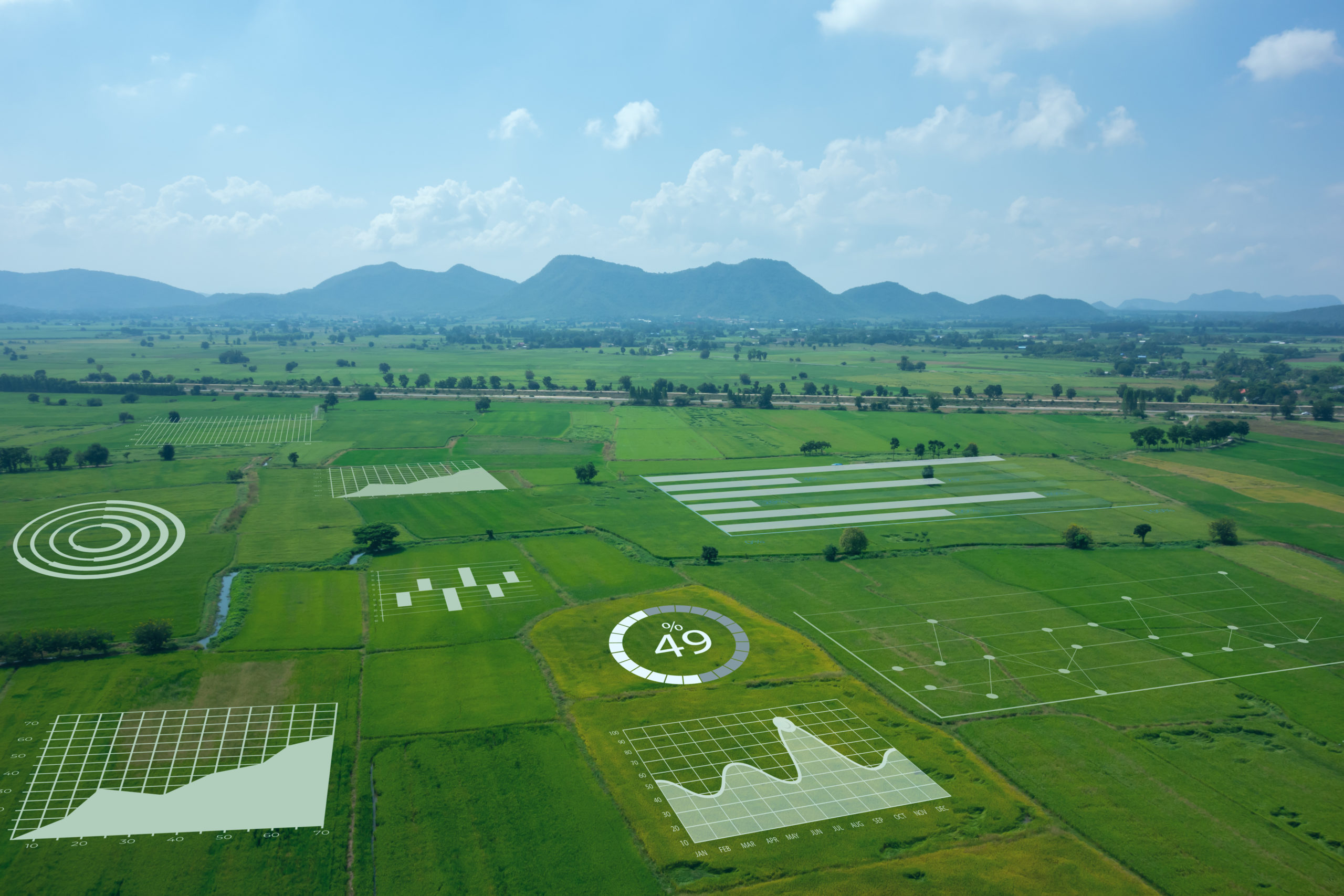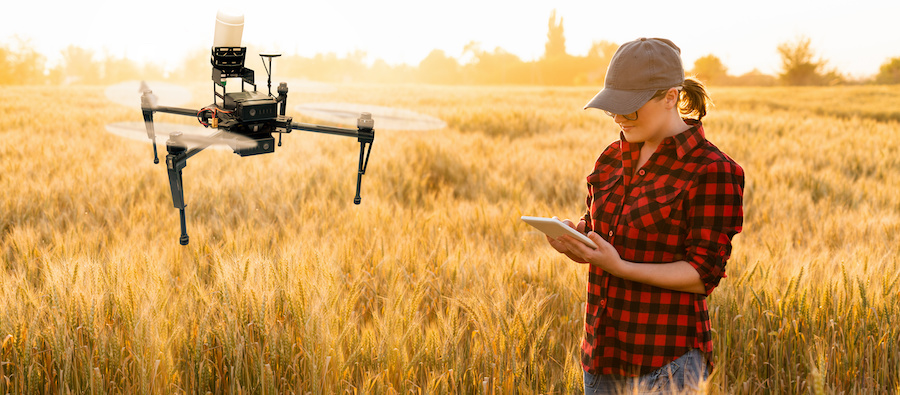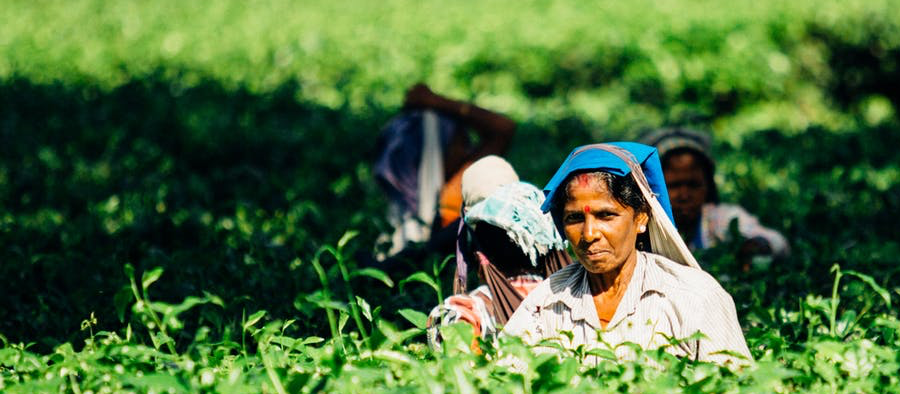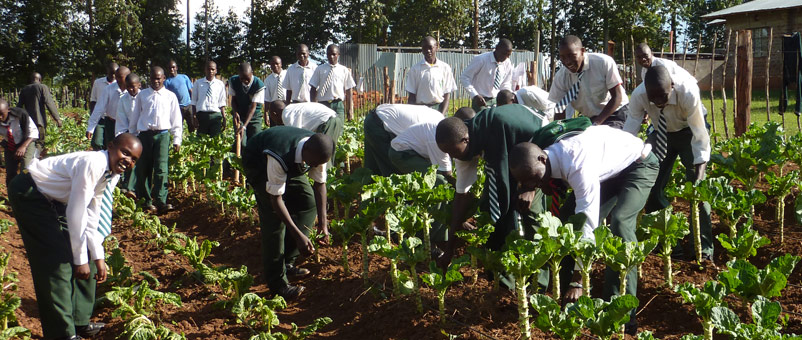Robynne Anderson, President of Emerging Ag IncRobynne Anderson explores how innovative technologies are helping agri-value chain actors in developing countries through the COVID-19 crisis, and the role that digital agriculture can play in rebuilding more sustainable food systems post-pandemic.
The COVID-19 pandemic has had a tremendous impact on nearly every facet of life, and food systems are no exception.
The disruptions and dislocations caused by the virus have rocked each link in the global food chain from farming, to processing, to trade, to retail. The costs of this turmoil will fall disproportionately on the poorest actors in this system, particularly those in the global south, where smallholder farms predominate, supply chains can be particularly fragile, and under-investment in agriculture and rural areas is chronic.
This has implications beyond efforts to reduce poverty – which will face enormous setbacks this year – as many of these actors (predominantly smallholders) represent the primary engine of the world food supply. If the looming surge of destitution and hunger is to be addressed, not to mention the ongoing and increasingly dire climate crisis, transformative change is needed.
Fortunately, such a change was already underway and has been greatly accelerated by the pandemic. Like everything else, agriculture is increasingly going digital.
“Digital agriculture” encompasses a broad range of innovations and technologies with enormous potential to make farming more efficient, enhance environmental sustainability and improve producers’ livelihoods. This potential will only grow as rates of internet penetration and mobile phone access increase in the poorest regions of the world.
Examples include precision agriculture, data aggregation and analysis, satellite imagery and guidance, robotics, automation of machinery and workflows, and many other hardware and software solutions. The coronavirus has rendered many of them indispensable for continuing to conduct trade and agriculture safely and responsibly.
Online provision of extension services, such as the planter clinic webinars conducted by the Climate Corporation, can help farmers get the advice and knowledge resources they need, when they need it, without risk of infection. Online analysis and marketing platforms, such as G-Soko and FarmIT in Eastern Africa, can help connect farmers with buyers, input suppliers and labourers, while maintaining social distancing. Variable rate application systems and other precision agriculture tools, such as those developed by FarmersEdge, can help producers cope with variations and interruptions in pesticide and fertilizer supply chains.

Augmented reality tools can help farmers with crop analysis and targeted management.
The benefits of increased uptake of digital agriculture solutions will continue to be felt long after the pandemic subsides. By boosting yields and encouraging more rational use of inputs, these digital technologies will lead to substantial improvements in food security, food system sustainability and farmers’ livelihoods.
This is the why the UN Food and Agriculture Organisation (FAO) has placed them at the heart of their COVID-19 Response and Recovery Programme, aiming to “build back better” so that coming out of the crisis, food systems are more resilient and able to serve the needs of all than they were before it hit.
For this to happen, however, stakeholders and policymakers must be familiar with these innovations and their advantages, as well as any challenges that must be addressed in order for them to be deployed effectively and equitably. Depending on context, these challenges may include intellectual property rights, data usage and privacy policies, and public perceptions, among others.
The digital agriculture sector’s profile is currently not equal to its promise. There is therefore an urgent need for greater coordination and outreach efforts among the sector’s members.
They should work together to ensure their collective voice is heard in multi-lateral venues, along with proactively engaging and partnering with farmers, international organisations, and government institutions, to raise awareness of what they can do to help in the struggle against hunger and poverty. Information-sharing, developing shared messaging and policy positions, and establishing collaborative cross-sectoral initiatives will all be crucial means of achieving this.
The pandemic has reshaped the world in countless ways. Digital agriculture does not only offer solutions to address many of the problems this global crisis has engendered, exacerbated and exposed. It will be an invaluable tool for rebuilding and strengthening the fair, efficient and sustainable food systems of tomorrow.



